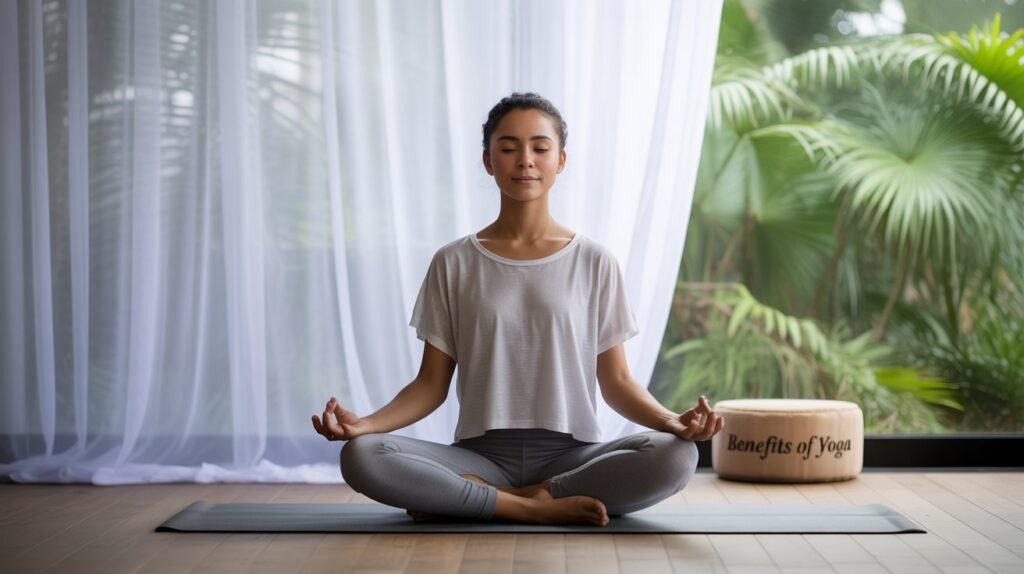My Little Love Affair with Organic Green Tea
I’ll be honest with you — if you’d told me ten years ago that I’d be writing about green tea, I’d have laughed. Me? The person who couldn’t get through a day without at least four mugs of builders’ brew, milk first, strong enough to stand a spoon in? No chance.
But here we are. Somewhere between watching my sugar intake, trying to be kinder to the planet, and just being a bit curious, I ended up with a box of organic green tea in my cupboard. And do you know what? It sort of stuck.
This isn’t going to be some lecture about antioxidants or weight loss. It’s just a little chat about why so many of us in the UK are giving organic green tea a proper go, what it actually tastes like, and how you can brew it without pulling a funny face after the first sip.
First Encounter: From Builders’ Brew to “Grassy Water”
I remember my very first cup. A friend had just come back from a trip to Japan and brought me a packet of green tea as a gift. I brewed it like normal tea (kettle boiled, tea bag dunked for a good five minutes), and… well, let’s just say it tasted like I’d licked a hedge. Bitter, grassy, not remotely comforting. I went straight back to my trusty PG Tips.
Fast forward a few years, and I spotted “organic green tea” in the supermarket. The packaging was all soft greens and golds, promising purity and health. I thought, why not give it another go? This time I actually read the instructions: cooler water, shorter brew. And you know what? Completely different story. Smooth, fresh, almost a little sweet. That was my proper introduction.
So, What Makes It “Organic”?
The word gets thrown around a lot these days. Organic fruit, organic eggs, organic cotton. But when it comes to green tea, it basically means the leaves are grown without the heavy-duty pesticides and fertilisers used in conventional farming.
It’s farming the slower, more natural way. Better for the soil, better for the local wildlife, and (if you ask me) better for your conscience. You’ll often see the Soil Association Organic logo on boxes in the UK — that’s a good sign it’s been properly certified.
Is it miles better than regular green tea? Depends who you ask. But if you’re already choosing organic veg or milk when you can, it feels consistent to go for organic tea too.
Why the Brits Are Slowly Sipping It Up
We’re a nation of tea lovers — that much is clear. But green tea wasn’t always part of the story here. It used to be something you’d only see in Chinese restaurants or the “world foods” aisle. Now, though? Pop into a Pret in London or a café in Manchester and you’ll likely spot it on the menu.
Why the sudden shift? A few reasons:
Health buzz: Everyone from wellness bloggers to your aunt down the road has mentioned antioxidants at some point. Green tea fits right into the “small healthy swap” movement.
Gentle caffeine: It gives you a lift without the jittery hands or sleepless nights coffee sometimes brings.
Eco-conscious choices: More people care about where their food and drink come from. Organic farming appeals to that mindset.
Curiosity: Let’s face it, we do love trying new things. If oat milk lattes and kombucha can make it into our daily lives, why not green tea?
The Bit Everyone Wants to Know: Health Perks
I’ll keep this simple, because I know you’ve probably heard it all before. Green tea is known for:
Antioxidants: They’re like little bodyguards against cell damage.
Boosted metabolism: Some studies say it can help a bit with fat burning.
Calm alertness: Thanks to L-theanine, it’s energising without being manic.
Heart health: Linked with better cholesterol levels.
It’s not a miracle potion. But swapping your third coffee of the day for a cup of green tea might just make you feel a bit better — and that’s worth something.
Taste Test: The Good, The Bad, and The Brew
Let’s not sugarcoat it — green tea can be a bit of an acquired taste. Done wrong, it’s bitter. Done right, it’s smooth and surprisingly refreshing.
The trick? Don’t boil it to death. Here’s my little ritual:
Boil the kettle, then let it sit for a minute.
Pour over the tea bag or loose leaves.
Two minutes tops, then out with the bag.
If you leave it sitting there while you check your emails, you’ll regret it. Trust me.
Some people add lemon, others honey. Personally, I like it plain. On summer days, I even stick the brewed tea in the fridge for a few hours — instant iced green tea.
Different Types, Different Vibes
You might think green tea is green tea. Not quite. There are a few styles you’ll bump into:
Sencha: Light, clean, very drinkable. A safe bet for beginners.
Matcha: The bright green powder you see all over Instagram. Strong, slightly creamy, and often used in lattes.
Gunpowder: Rolled-up leaves with a slightly smoky flavour.
Jasmine: Green tea blended with jasmine flowers. Floral, fragrant, and lovely in the evening.
If plain green tea isn’t your thing, jasmine might win you over.
Beyond Just Drinking It
One of the things I’ve noticed is how green tea has started sneaking into other areas.
Skincare: My moisturiser proudly announces “with green tea extract.” Apparently it helps soothe skin and fight free radicals.
Baking: Matcha sponge cake is surprisingly tasty, and very trendy in London cafés.
Supplements: Capsules and powders for people who can’t be bothered with the actual drink.
It’s become more than just a hot drink — it’s part of the lifestyle movement.
Where I Get Mine
You don’t need to go to specialist shops anymore. Organic green tea is everywhere in the UK:
Supermarkets — Tesco, Sainsbury’s, Waitrose, you name it.
Health food shops — Holland & Barrett is full of it.
Online — Amazon, independent tea shops, even direct from growers.
Cafés — Pret, Costa, and plenty of independents.
If you’re fussy (and I am), look for the Soil Association logo. That way you know it’s properly organic.
But Is It Worth the Extra Pennies?
Here’s the thing: organic green tea usually costs a bit more. Not loads, but more than regular boxes. Some people roll their eyes and say, “tea is tea.” But personally, I like knowing fewer chemicals were involved. And if it helps support smaller, more sustainable farms, even better.
Plus, I honestly find organic green tea tastes fresher. Could be in my head, but hey — that’s part of the enjoyment.
Wrapping Up With a Cuppa
So, is organic green tea going to replace your morning builders’ brew? Probably not. But is it worth having in the cupboard for when you fancy something lighter, fresher, and a bit kinder to your body (and the planet)? I’d say yes.
Next time you’re walking past the tea aisle, maybe throw a box in your basket. Brew it right, give it a fair chance, and see how it makes you feel. Worst case, you don’t love it and it sits at the back of the cupboard. Best case, you discover a new little daily ritual.
For me, it’s become that mid-afternoon pause — when the emails are piling up, the to-do list is long, and I just need five minutes to breathe. I stick the kettle on, brew my organic green tea, and somehow things feel a bit calmer.
And honestly? That’s good enough for me.



